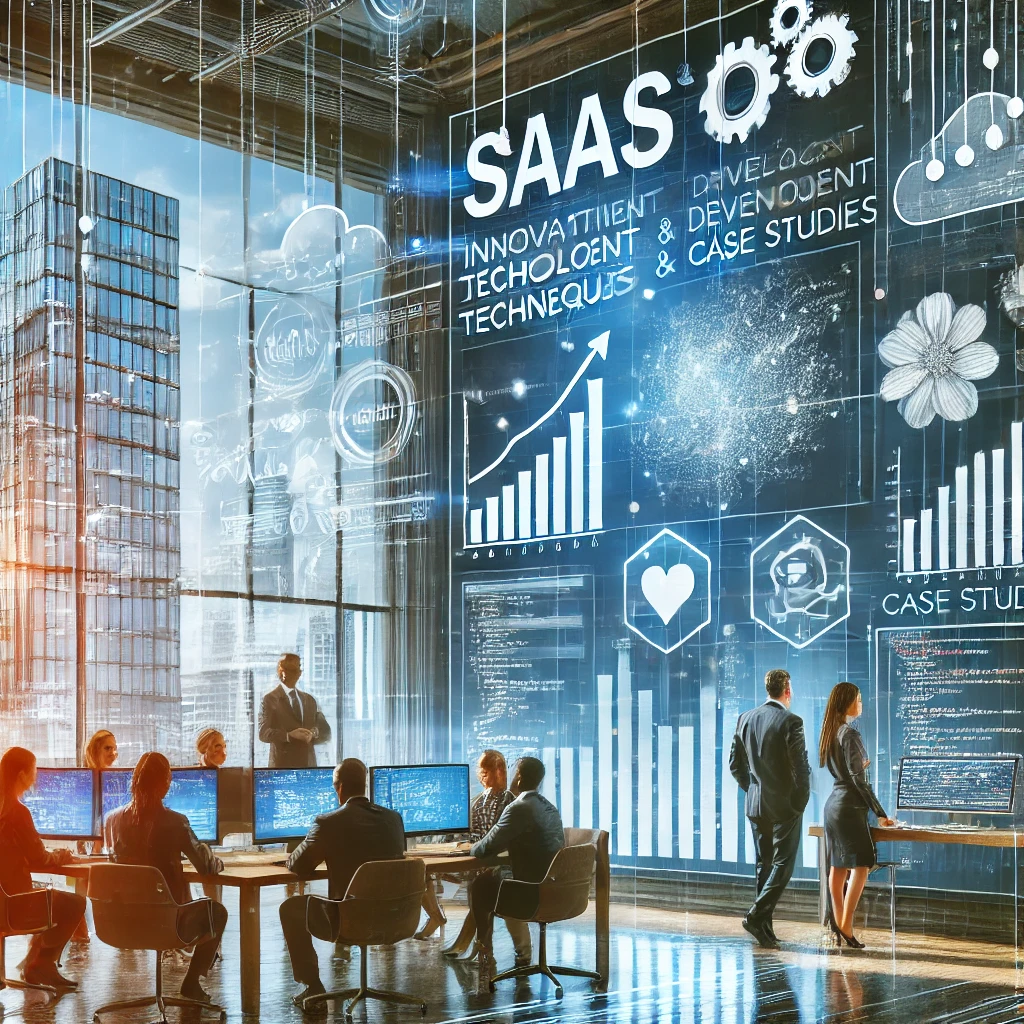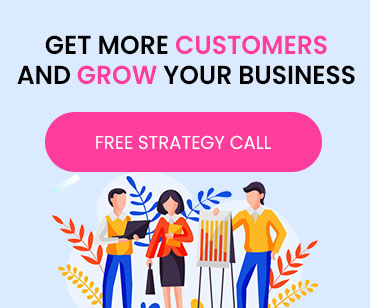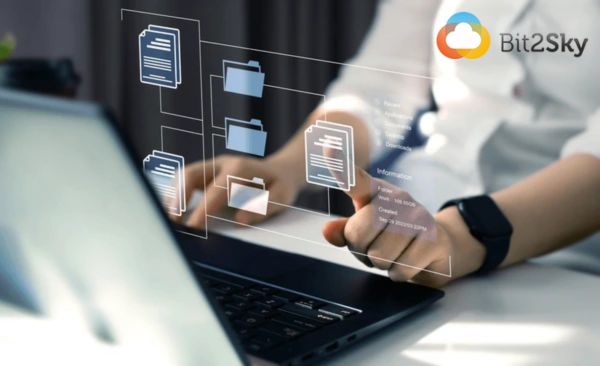The Software as a Service (SaaS) concept has transformed the way firms deploy and operate software applications. Unlike traditional software models, SaaS allows on-demand access to software via the cloud, resulting in scalability, flexibility, and cost-efficiency. However, designing effective SaaS applications necessitates novel approaches and strategies to suit changing market demands. This article delves into essential strategies in SaaS Product Development and presents case studies that demonstrate these advances in action.
Key Techniques for SaaS Development:
1. Microservices Architecture
The microservices design divides a huge program into smaller, manageable services, each responsible for a specific purpose. This method improves flexibility, scalability, and robustness.
Benefits:
- Scalability: Services can be scaled autonomously in response to demand.
- Resilience: Faults in a single service do not affect the entire application.
- Flexibility: Simpler integration of new technologies and functionality.
2. Continuous Integration and Deployment (CI/CD)
CI/CD automates the integration and deployment processes, enabling more frequent and dependable releases.
Benefits:- Faster Release Cycles: Accelerates the development process and shortens time to market.
- Improved Quality: Automated testing leads to improved code quality and fewer problems.
- Reduced Risk: Continuous feedback and monitoring reduce the likelihood of deployment errors.
3. Containerization
Containerization places an application and its dependencies inside a container, ensuring consistency across several environments.
Benefits:- Portability: Containers run consistently in a variety of contexts.
- Efficiency: Lower overhead than traditional virtual machines.
- Scalability: You can easily scale apps by installing multiple containers.
4. Server-less Computing
Serverless computing enables developers to create and deploy apps without having to manage the underlying infrastructure.
Benefits:
- Cost Efficiency: You just pay for the compute time you use.
- Simplified Operations: Concentrate on developing code rather than maintaining servers.
- Scalability: Automatic scaling in response to demand.
5. AI and Machine Learning Integration
AI and machine learning can improve SaaS applications by enabling improved analytics, automation, and personalized user experiences.
Benefits:
- Automation: Minimizes manual intervention and streamlines operations.
- Personalization: Provide users with individualized experiences.
- Insights: Data analysis and predictive analytics can provide more in-depth insights.
Case Studies:
Case Study 1: Netflix
Netflix is a prime example of a successful SaaS program that uses microservice architecture. Netflix's application can be broken down into microservices, allowing for frequent changes and autonomous scaling of services. This design enables Netflix to manage large volumes of data while providing a flawless streaming experience to millions of consumers globally.
Case Study 2: GitHub
GitHub uses CI/CD to manage its large code base and assure high-quality code releases. By automating the testing and deployment processes, GitHub can release updates many times per day, ensuring that new features and bug fixes reach users swiftly and reliably.
Case Study 3: Spotify
Spotify employs containerization to manage microservices and maintain consistency across development, testing, and production environments. Containers have enabled Spotify to efficiently scale its services while maintaining a high degree of performance, even with a rapidly growing user base.
Case Study 4: Amazon Web Services (AWS)
AWS Lambda, a serverless computing technology, allows developers to execute code without having to deploy or manage servers. Many SaaS apps employ AWS Lambda to create scalable, cost-effective solutions that automatically adjust.
to shifting workloads. This serverless strategy eliminates operational complexity and expenses, allowing developers to focus on building code that improves their apps.
Case Study 5: Salesforce
Salesforce incorporates AI into its Einstein platform, which offers sophisticated analytics, predictive insights, and automation capabilities within its SaaS ecosystem. This connectivity enables businesses to make data-driven decisions, automate regular operations, and personalize client interactions, thereby improving the overall user experience.
Conclusion
At Bit2sky, we are committed to using cutting-edge methodologies to provide top-tier SaaS solutions. By being on the cutting edge of technical advances, we ensure that our clients receive the most efficient, scalable, and user-friendly apps. Adopting these novel ideas is critical for firms seeking to flourish in the dynamic SaaS landscape. Contact Bit2sky today to see how we can help you leverage these strategies to change your SaaS apps and achieve your business objectives.



.jpg)

